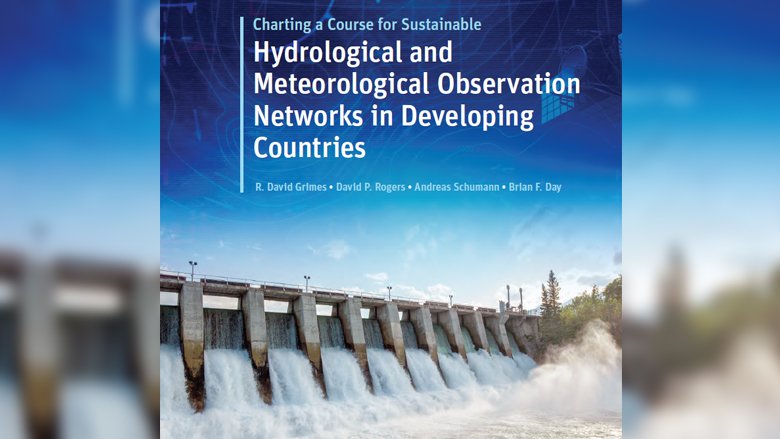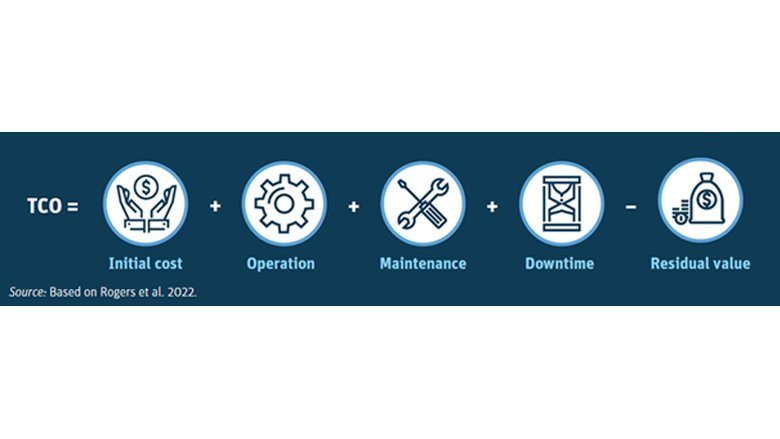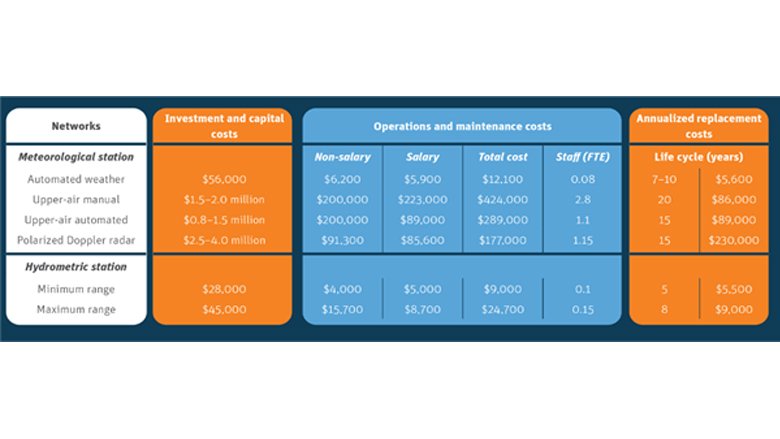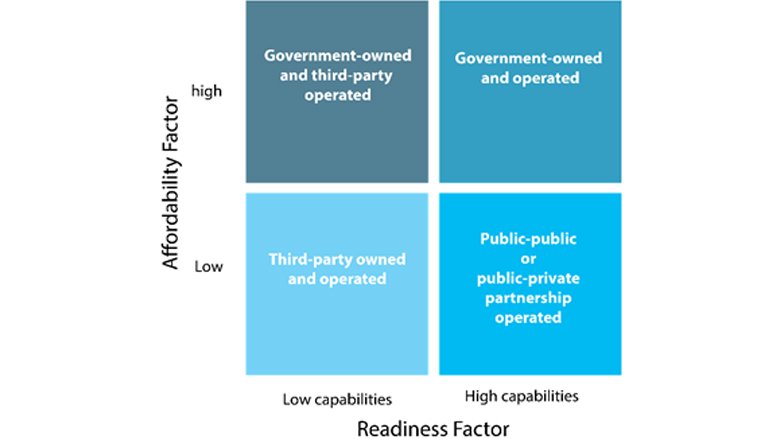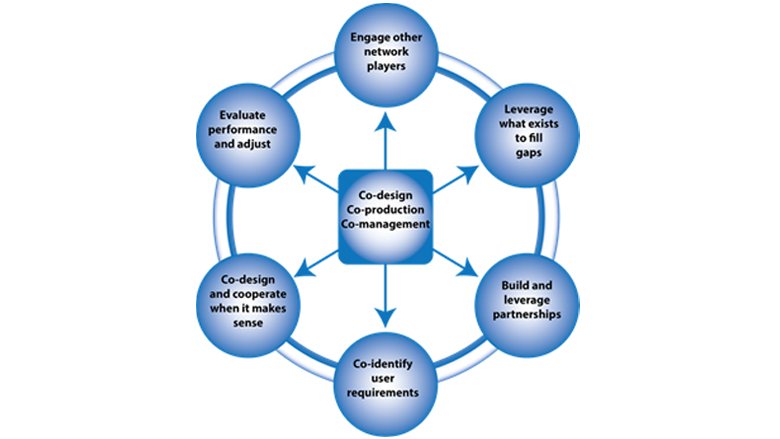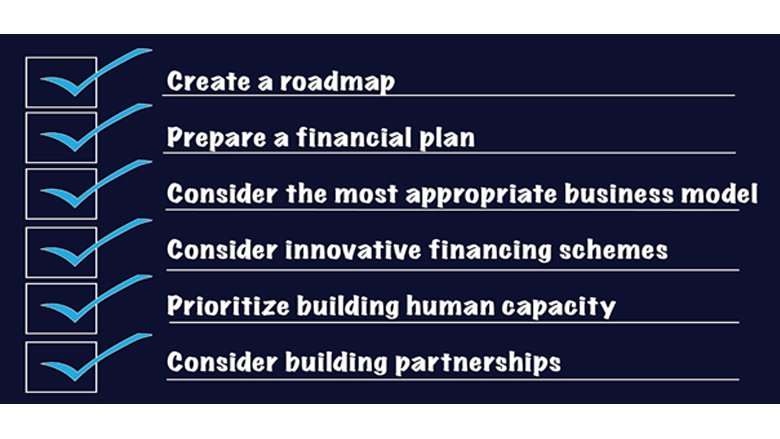Hydrological and meteorological (hydromet) processes shape the natural environment and have a profound impact on how well people live. Floods, droughts, and extreme weather disrupt social and economic development and must be dealt with within the framework of a changing climate. The World Bank’s development agenda is intimately linked, therefore, to hydromet monitoring and forecasting to anticipate threats and opportunities posed by the environment. Application of this knowledge can ameliorate risks by protecting the vulnerable and reducing exposure. This knowledge depends on the ability to accurately predict the impact of hydrological, weather and climate events, which in turn requires observations of the entire Earth system from space, land, and sea.
Albeit highly beneficial, installing and maintaining surface-based hydromet observational networks is a costly undertaking for many low- and middle-income countries and one that is often underfunded and neglected. Data gaps grow and the quality of critical forecasts declines or is never achieved and the adverse impact on national development is palpable.
Thus, the Global Facility for Disaster Reduction and Recovery (GFDRR)’s Charting a Course for Sustainable Hydrological and Meteorological Networks in Developing Countries report was created to help nations and development partners design fit-for-purpose networks. It explores the root causes of why national hydromet systems fall into disrepair—even after being modernized—and shares a visionary approach to achieve more sustainable outcomes.
Fit-for-purpose and fit-for-budget
Large portions of National Meteorological and Hydrological Services (NMHSs) operating budgets are dedicated to supporting observation systems and data management functions. Knowing the total expected costs of an observation network over its life cycle is critical to deciding affordability. Operation and maintenance costs (including the cost of spare parts) are typically larger than the initial procurement costs over the life cycle of the observation systems. While observation networks are largely influenced by user needs and applications – so called fit-for-purpose, priorities for network expansion or modernization must be aligned to national funds available to support them over their lifetime – fit-for-budget. And it is the total cost of ownership (TCO) assessment that informs a government’s decisions over the expected life cycle of the networks’ components.
A key theme that runs through the report is the issue of the sustainability of observational networks, which is inherently linked to how they are financed. Understanding the affordability requires the formulation of the TCO and life-cycle costing (LCC) in the decision, procurement, and operation of observational networks and their components.
Regardless of the maturity of procurement policy, the TCO is an essential tool for determining what an observation system really costs the organization, beyond the initial capital acquisition and implementation phase. The TCO can also shed light on network design and operation and can help managers, owners, and development partners make better decisions about the current state of a hydromet network, its sustainability, and its suitability for the evolving services supported.
At a minimum, the TCO and LCC should be used to identify and anticipate the question of sustainability at the design stage—and this information should be shared with key financial decision-makers, setting an example for broader reform.
Benchmarking
Benchmarking costs and practices against other NMHSs or other organizations that are successful in sustaining hydromet observation network aids in informing the TCO. Benchmarking provides a strong basis for governments on which to effectively plan and set national budgets that are based on realistic financial and human resources costs—along with the best management estimates of the costs over the life cycle of the observation infrastructure.
For that reason, the report examines the hydrological networks of three countries (Germany, Canada, and the United States) and the meteorological networks of five countries (Australia, Austria, Canada, Germany, and the United Kingdom) to benchmark costs for operations, maintenance, and replacement. This is the first time that such benchmarking across the whole life cycle of hydrological and meteorological networks have been established in this industry. These countries were chosen because they have a good track record of maintaining and sustaining their network operations over the long term.
Overall, the performance and operating costs among sample benchmark countries are very similar, providing some confidence on the estimated costs of supporting sustainable network operations. Meteorological systems are generally constantly operational, with uptime above 95%.
Investment and capital costs for meteorological stations range from $56,000 for automatic weather stations (AWS) to $2.5-$4 million for Doppler Radars. For hydrometric stations, the range is $28,000 to $45,000.
The operating costs (without labor) for meteorological stations show the scope of national budgets required over the observation instrument/system life cycle—ranging from $6,200 for AWS to $200,000 for upper air stations. For hydrometric stations, these costs range from $4,000 to $15,700. Staffing costs add considerably to the total operating costs.
The report shows that, while many hydromet development projects are well intended, it is often difficult for national governments to maintain the observational infrastructure beyond the early years of operations. National budgets will need to be increased to support upper-air stations and radar operations, along with hydrological systems.
The right business model
As the issue of sustaining networks over their life cycle is often a consequence of insufficient budget or lack of technical capabilities, adopting the most appropriate business models that fit with national circumstances may offer some added advantages.
The key questions to ask are: What business model best reflects the national circumstances? What is the internal and external third-party capacities to deliver? Who are the consumers? What is the market potential? What value can be created? How can it be done cost effectively? There are four primary business models to choose from, based on level of financial risk and readiness capacity – government owns and operates its own networks; government owns its observation networks and outsources its maintenance; government contracts to third-party service providers who own, operate and maintain observation networks; and public-public or public-private partnership arrangements to cooperate and maintain observational networks.
Four Different Business Models for Owning and Operating Observational Networks Based on Financial Risk and Technical Readiness. Source: Charting a Course for Sustainable Hydrological and Meteorological Networks in Developing Countries.
A system-of-systems
A key component of fit-for-purpose and fit-for-budget network design is taking advantage of partnering opportunities to share costs and further stretch capacity and capabilities. A system-of-systems approach entails a holistic view of network design and management, garnering contributions from other network and data contributors, and using what exists to fill gaps, enabling partnerships, and co-designing, co-managing, and co-producing networks.
The report recommends the following actions:
Create a roadmap for the observational network based on country context and data requirements including a long-term financial plan.
Prepare a financial plan that includes the total cost of ownership of the components of the network.
Consider the most appropriate business model for network operations – Outsourcing may be advantageous.
Consider innovative financing schemes – perhaps a public-private initiative to share costs and make data widely available to different users.
Prioritize building human capacity in all aspects of management, operations, maintenance, and planning. Work with education and training establishments to build necessary skills.
Consider building partnerships at every level. This could include the beneficiaries of hydromet services that can provide additional data, including municipalities, other government agencies, the private sector and academia that may be providing targeted or tailored hydromet services.
The report concludes that a key step in building resilience to natural hazards and climate change is to optimize investments in sustainable meteorological and hydrological observation, with the focus on networks that are built to last and deliver global, national, and local goods.
